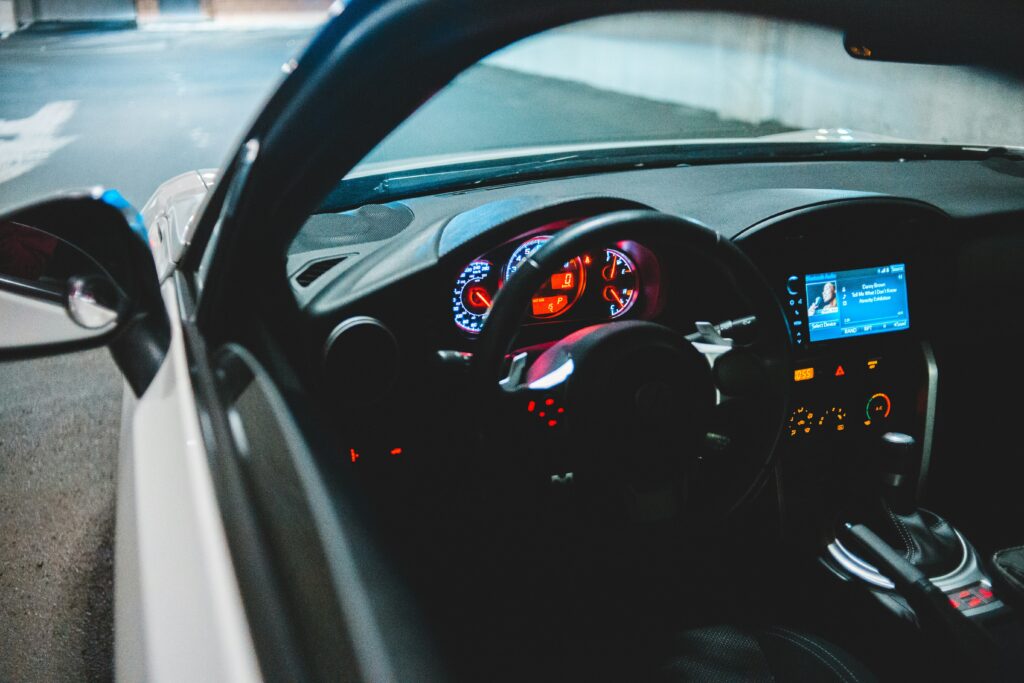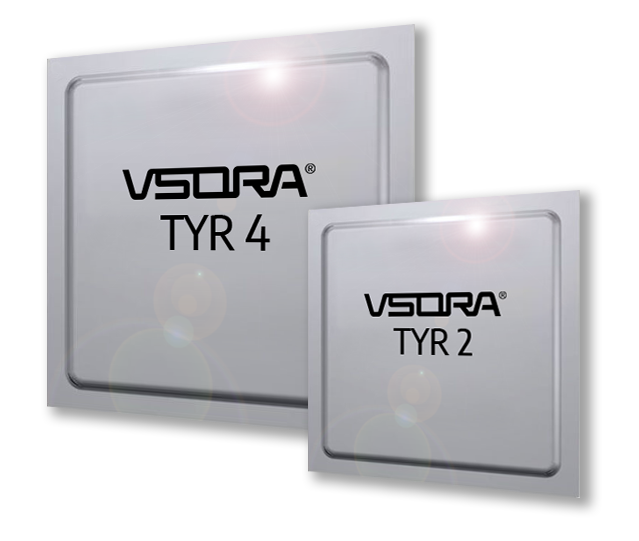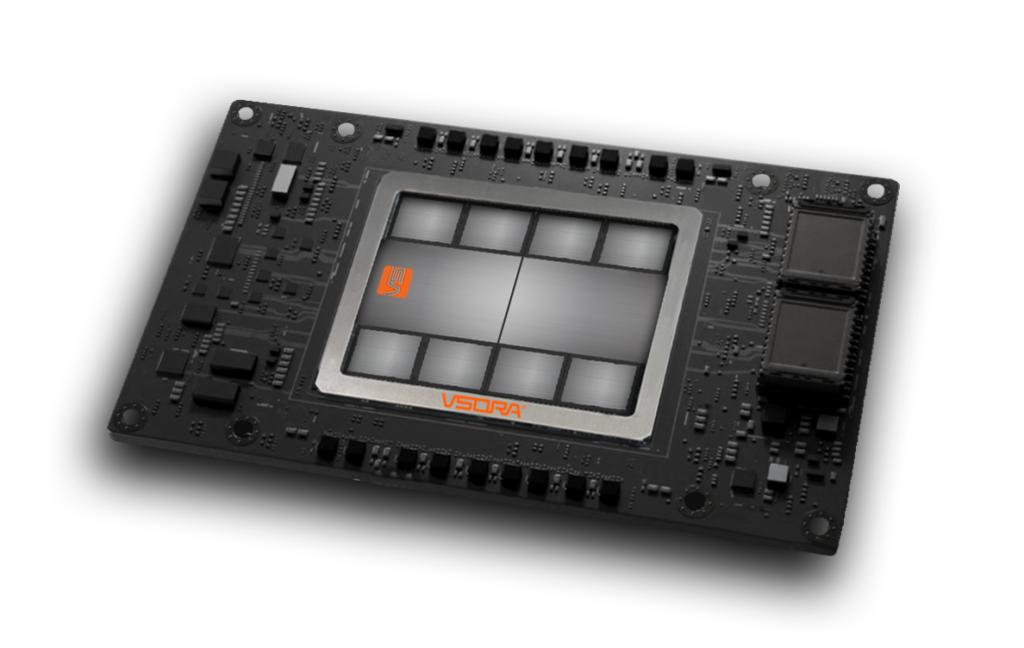Making Dreams Come True

Dogma - Particle Filter
To detect objects and the predict the individual object behaviour are the main elements of an autonomous vehicle’s detection system. As the name implies object detection is intended to localize and classify objects in the surrounding environment of the vehicle. Behaviour prediction is used to understand the dynamics of the objects in the surrounding environment and then to predict how they will behave in the future. This behaviour prediction is critical in the autonomous vehicle’s decision making and risk assessment. The quality of the autonomous vehicle behaviour is consequently directly related to how well these two stages can be done.

Fusing Reasoning Models, Generative AI & LLMs: The Winning Formula
By combining structured, logic-driven reasoning engines with creative generative networks and large-scale language models, we unlock AI systems that are not only smarter but also more dependable. Here’s why this trio works so well together.

